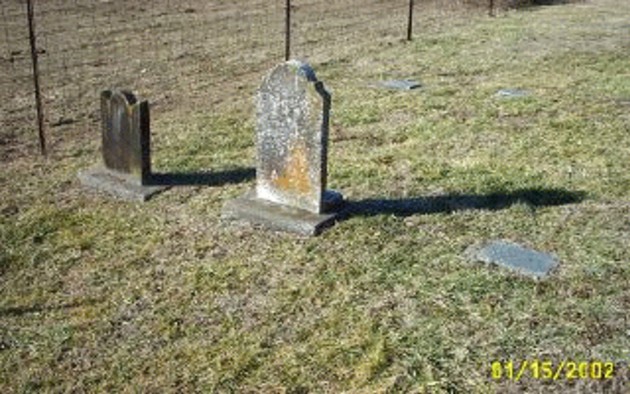

 Goldena Trolinger and Pauline Kirby at the site of where Aunt Rhode’s cabin once stood.
Goldena Trolinger and Pauline Kirby at the site of where Aunt Rhode’s cabin once stood.
 Lucie Atwood & Louise Breshears Sieker at the graves of Henry & Atsey Breshears
at the Henderson Cemetery.
Lucie Atwood & Louise Breshears Sieker at the graves of Henry & Atsey Breshears
at the Henderson Cemetery.
 Henry & Atsey Breshears and Aunt Rhode’s graves after being moved to the
Breshears Avery Cemetery.
Henry & Atsey Breshears and Aunt Rhode’s graves after being moved to the
Breshears Avery Cemetery.

Find Death Certificates | Additional Reference Links | |||||||
| ||||||||
| Missouri Records | Kansas Records | Cemetery Transcriptions | |||
| Census Transcriptions | Marriage Records | Obituary Index | |||
| Family Research | Research Requests | Email Webmaster |